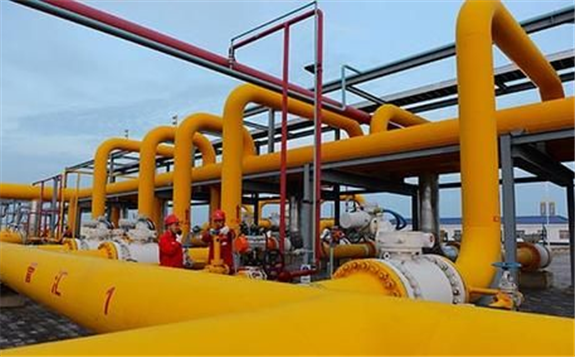Global LNG deliveries fell on the year for the second consecutive month in July, mostly as a result of slower demand in Latin America and some of the largest importers in northeast Asia.

Aggregate LNG deliveries across the globe fell to 29.2mn t in July from 29.9mn t a year earlier, preliminary figures based on vessel tracking show. The LNG market had been consistently expanding in recent years before deliveries shrank for the first time since 2015 in June.
Deliveries fell more sharply in July than in the previous month, with the drop equivalent to about 10 standard-sized cargoes, while June receipts had been just 4-5 cargoes short of June 2019 deliveries.
The drop in global LNG receipts was largely the result of slower demand in Latin America, likely as a result of reduced gas consumption because of the Covid-19 outbreak and competition with pipeline gas. Brazil has not received any LNG cargoes since May, and Mexico took less than half the LNG it received in July last year. Slower deliveries to Brazil and Mexico — two of the countries that were hit hardest by coronavirus — were only partly offset by marginally stronger deliveries to Argentina and Chile.
Northeast Asian LNG demand also fell well short of July 2019 volumes. But the drop in global deliveries would have been twice as much if Chinese receipts had been in line with a year earlier. China received around 800,000t of LNG more than a year earlier, largely offsetting the drop in combined deliveries to Japan, South Korea and Taiwan.
Slower demand from Latin America and the Middle East, where demand is typically stronger in April-September, may have accentuated LNG market seasonality this year, although this was partly offset by smaller seasonal swings in China. Chinese July receipts were about 6pc higher than the January-June average and 4pc higher than in the previous 12 months.
The country had been expected to foster the LNG market seasonality because of its limited availability of underground storage capacity. That said, a sharp reduction in deliveries amid the initial Covid-19 outbreak earlier this year and lower crude prices providing an incentive for a pipeline to LNG supply switch likely provided scope for particularly strong LNG deliveries this summer.
Slower LNG deliveries to Latin America, northeast Asia and the Middle East were partially offset by brisker receipts in Europe — mainly in the UK, France and the Netherlands — and south Asia, where stronger manufacturing activity and a decline in upstream production supported Indian demand.